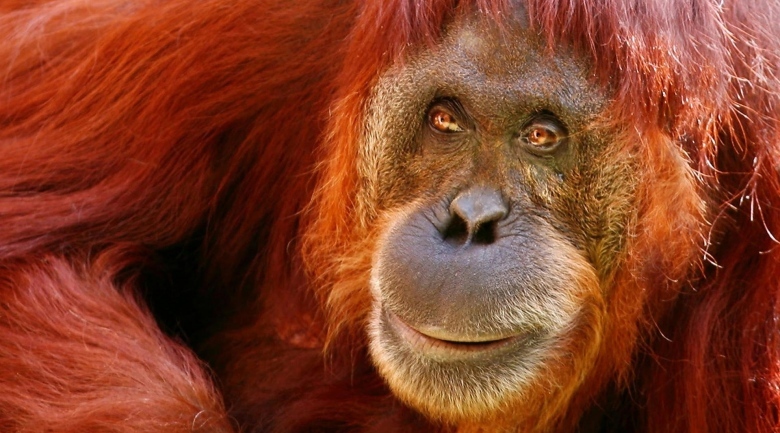
Our brains, perched atop a network of nerve cells that ascend the length of our bodies, are thought to have arisen once in an animal hundreds of millions of years ago and then evolved over time. However, new findings suggest instead that brains and nervous systems originated multiple times from scratch.
The findings, published today in Nature, highlight an ancient and gelatinous marine predator called a comb jelly. Unlike pulsating jellyfish, comb jellies swim by “rowing” their many hair-like cilia, which are arranged in rows called combs. They possess rudimentary brains and sophisticated nervous systems replete with elongated cells that communicate through synapses much like our own.
Some comb jellies show mirror-like bilateral symmetry, as do we. And like most animals, their muscles derive from a middle tissue layer, which does not exist in jellyfish or sponges, another ancient type of aquatic creature.
So it’s little wonder that biologists have long placed the comb jelly group close to worms, flies, and humans on the evolutionary tree of life; sponges emerge at the base, meaning that this group appeared first.
In this traditional view, complex body parts like the brain and muscles arose gradually, and only once, since those parts look similar across related animals, and the chances of that same evolutionary process being repeated seems slim.
But this scenario was shaken by a report in Science last year, which suggested that the comb jelly group emerged before jellyfish and even the brainless, muscle-less sponges, more than 550 million years ago.
